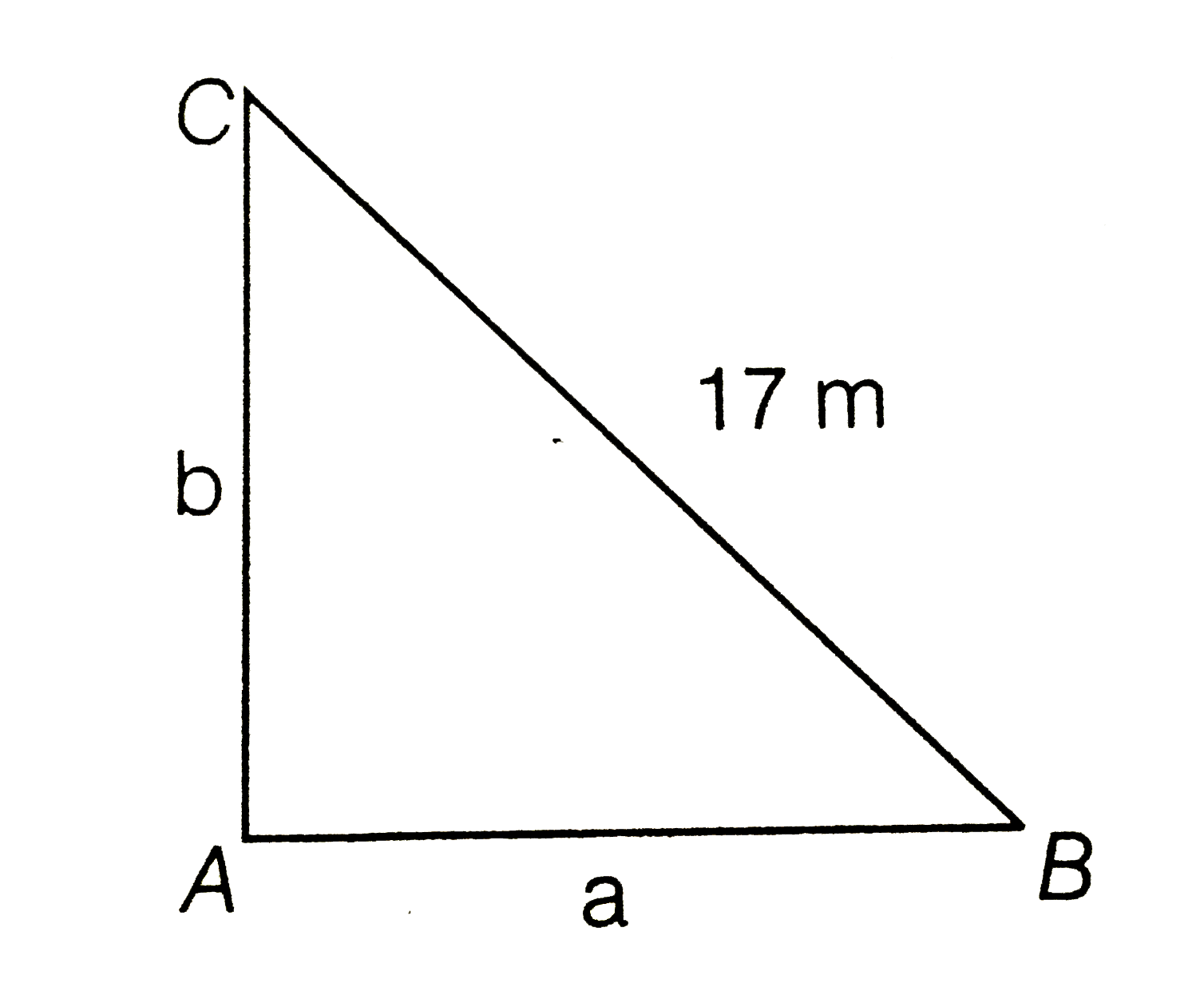A ladder of length rests with one end agains a vertical wall and the other on the vessel ground. If the lower end slips away at the rate of , then when it is away from the wall, its upper end is coming down at the rate of
The correct Answer is:B
When
Then
.

Topper's Solved these Questions
- APPLICATIONS OF DERIVATIVESBOOK - MHTCET PREVIOUS YEAR PAPERS AND PRACTICE PAPERSCHAPTER - APPLICATIONS OF DERIVATIVESEXERCISE - MISCELLANEOUS PROBLEMS
80 Videos
- APPLICATIONS OF DERIVATIVESBOOK - MHTCET PREVIOUS YEAR PAPERS AND PRACTICE PAPERSCHAPTER - APPLICATIONS OF DERIVATIVESEXERCISE - MHT CET CORNER
21 Videos
- APPLICATIONS OF DEFINITE INTEGRALS BOOK - MHTCET PREVIOUS YEAR PAPERS AND PRACTICE PAPERSCHAPTER - APPLICATIONS OF DEFINITE INTEGRALS EXERCISE - MHT CET Corner
6 Videos
- BINOMIAL DISTRIBUTIONBOOK - MHTCET PREVIOUS YEAR PAPERS AND PRACTICE PAPERSCHAPTER - BINOMIAL DISTRIBUTIONEXERCISE - MHT CET Corner
6 Videos
Similar Questions
Aladder of 5 m long rest with one end against a vertical wall of height 3 m and the other end on the lower ground. If its top slides down at the rate of 10 cm/sec, find the rate at which the foot of the ladder is sliding.
View SolutionA ladder is resting with one end on a vertical wll and the other end on a horizontal floor. Is it more likely to slip when a man stnads near the bottom or near the top?
View Solution
Knowledge Check
A ladder 10 metres long rests with one end against a vertical wall, the other on the floor. The lower end moves away from the wall at the rate of 2 metres/minute. The rate at which the upper end falls when its base is 6 metres away from the wall
A3 metres/minB2/3 metres/minC3/2 metres/minDnone of theseA ladder 10 m long rests against a vertical wall with the lower end on the horizontal ground. The lower end of the ladder is pulled along the ground away from the wall at the rate of 3 m/s. The height of the upper end while it is descending at the rate of 4 m/s, is
A4√3 mB5√3 mC5√2 mD6 mA ladder 20 ft long has one end on the ground and the other end in contact with a vertical wall. The lower end slips along the ground. If the lower end of the ladder is 16 t away from the wall, upper end is moving λ time as fast as the lower end, then λ is
A13B23C43D53
A ladder 10m long rest against a vertical wall with the lower end on the horizontal ground. The lower end of the ladder is pulled along the ground away from the wall at the rate of 3 cm/sec. The height of the upper end while it is descending at the rate of 4 cm/sec is
View SolutionA ladder 5m long rests against a vertical wall. If its top slides down at the rate of 10cm/sec, then, when the foot of the ladder is 4m away from the wall, the angle between the floor and the ladder is decreasing at the rate of
View SolutionA ladder of length 20 feet rests against a smooth vertical wall. The lowerend, which is on a smooth horizontal floor is moving away from the wall at the rate of 4 feet/sec. If the lower end is 12 feet away from the wall, then the rate at which the upper end move, is
View SolutionA ladder, 10 metre long rests with one end against a smooth vertical wall and the other end on the ground which is rough, the coefficient of friction being 12. The foot of the ladder being 2 metre from the wall. A amn whose weight is 4 times that of the ladder can ascend before it be givens to slip is
View SolutionA ladder 20 ft long leans against a vertical wall. The top end slides downwards at the rate of 2 ft per second. The rate at which the lower and moves on a horizontal floor when it is 12 ft from the wall is
View Solution
